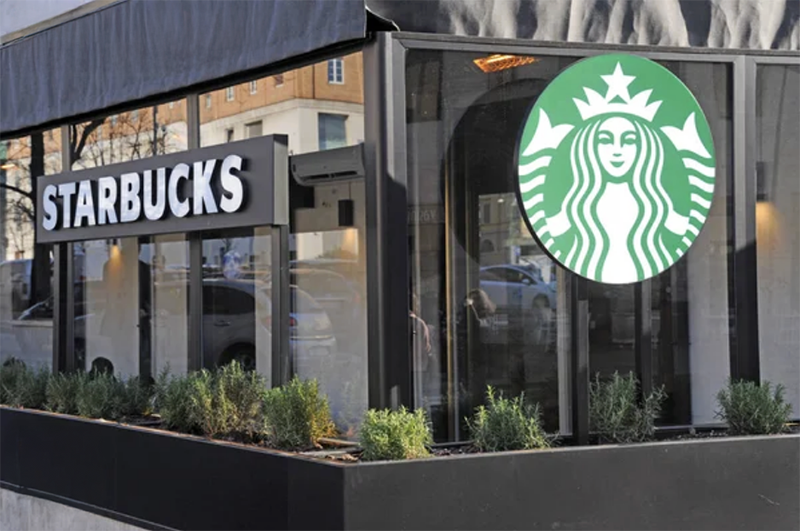When people think about property values, they usually consider schools, crime rates, or how close a home is to the freeway. But one factor that surprises a lot of buyers and homeowners is coffee, specifically Starbucks. Over the years, data has shown that when Starbucks opens a new location in a neighborhood, home prices often rise. This trend has become so well-known that real estate agents now talk about the “Starbucks Effect.” Here’s how a coffee shop can play such a big role in real estate.
The “Starbucks Effect”
The term “Starbucks Effect” comes from studies showing that homes near a Starbucks tend to sell for higher prices compared to those farther away. One study by Zillow found that homes close to a Starbucks appreciated faster than homes near other coffee shops. Buyers see coffee shops as more than a place to grab a latte; it’s a lifestyle brand. A house near Starbucks often feels like it’s in a “happening” part of town, and people are willing to pay extra for that sense of status and convenience.
A Signal of Growth
Starbucks doesn’t open locations randomly. The company spends a lot of time researching where to place a store. They look at income levels, traffic flow, walkability, and long-term growth potential. When Starbucks decides to open in a certain area, it sends a clear signal: this neighborhood has potential. Buyers and investors often take Starbucks’ presence as confirmation that the area will continue to improve and attract new businesses. In a way, Starbucks has done the homework for them.
The California Connection
In California, where real estate markets are competitive, the Starbucks Effect has been especially visible. Neighborhoods in Los Angeles, San Diego, and the Bay Area have seen higher appreciation rates in homes close to Starbucks compared to those farther out. For example:
- Los Angeles: In fast-changing areas like Highland Park and Echo Park, Starbucks locations opened before property values climbed sharply. Homebuyers saw Starbucks as a signal that the neighborhood was shifting from overlooked to in-demand.
- San Diego: Coastal communities that gained new Starbucks locations often saw stronger property values. For homeowners, this meant better resale prices and faster sales.
- Bay Area: In Silicon Valley and Oakland, Starbucks helped anchor small business districts, which gave confidence to buyers looking for neighborhoods that mix convenience with rising property value.
For California homeowners, having a Starbucks within walking distance has often turned into a selling point when putting their homes on the market.
More Foot Traffic and Business
Every Starbucks brings steady daily traffic, and that benefits more than just the coffee chain. People stopping in for coffee often also visit nearby shops, gas stations, or restaurants. Over time, this extra activity helps small businesses grow, attracts new ones, and creates a busier, safer atmosphere. A lively neighborhood feels more attractive to homebuyers, especially compared to quiet areas with shuttered storefronts. And as demand grows, property values follow.
Lifestyle and Convenience
In real estate, lifestyle sells. Buyers aren’t only looking at square footage and the number of bedrooms; they’re asking, “What’s life like if I live here?” Having a Starbucks nearby means easy access to coffee, free Wi-Fi, and a comfortable spot to meet with friends, work remotely, or just relax. These conveniences make the neighborhood feel modern and connected. For younger buyers in particular, having a coffee shop down the street is often seen as a major plus when deciding where to live.
Long-Term Impact
Starbucks doesn’t just raise values in the short run—it often helps anchor long-term growth. After a Starbucks opens, other big-name retailers often follow, such as grocery stores, gyms, or clothing shops. This creates a ripple effect where the whole neighborhood develops into a stronger commercial and residential hub. Over time, homeowners see steady appreciation in property values as the community becomes more desirable to both residents and businesses.
Final Thoughts
A Starbucks store may look like just another coffee shop, but in real estate, it’s often a sign of something bigger. From signaling neighborhood growth to boosting local businesses and offering everyday convenience, Starbucks has a way of raising the value of nearby homes. Homeowners benefit, buyers notice, and the “Starbucks Effect” keeps showing up in markets across the country.





